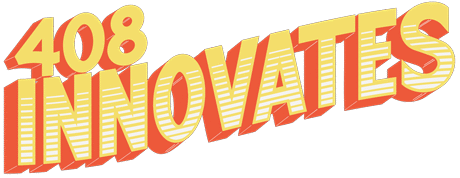Daring to Dream Bigger
In 1881, decades before Silicon Valley lit up the world with code, San Jose lit up the night with one of the boldest engineering marvels of its time — the San Jose Electric Light Tower.
Rising 237 feet above downtown, the tower was designed to illuminate the entire city using arc lamps — an ambitious idea led by newspaperman J.J. Owen, who believed light could be a symbol of progress. Though the tower’s lighting plan didn’t quite work as hoped, its towering presence captured imaginations across the globe.
So much so that some historians speculate it may have inspired Gustave Eiffel himself — who visited the United States before designing the Eiffel Tower. While there’s no direct evidence, the resemblance in form and spirit is striking: both were monumental feats of ironwork, designed not just for function, but for bold visibility.
Though the original tower collapsed in a storm in 1915, its legacy still shines. A half-scale replica stands today in History Park, and the idea it represented — that San Jose could lead through innovation — continues to define the city.
Before there was the Eiffel Tower, there may have been a spark in San Jose.
By 1882, the tower had captured national attention, earning a feature in the Scientific American Supplement, published out of New York. The article marveled at this West Coast experiment in urban lighting — showcasing San Jose’s willingness to innovate, take risks, and rethink the role of public infrastructure.
It was a moment when San Jose, still a small agricultural town, stepped onto the global stage as a place of invention and imagination. The tower inspired conversation around engineering, municipal design, and the possibilities of electricity itself — decades before it became standard across cities.
